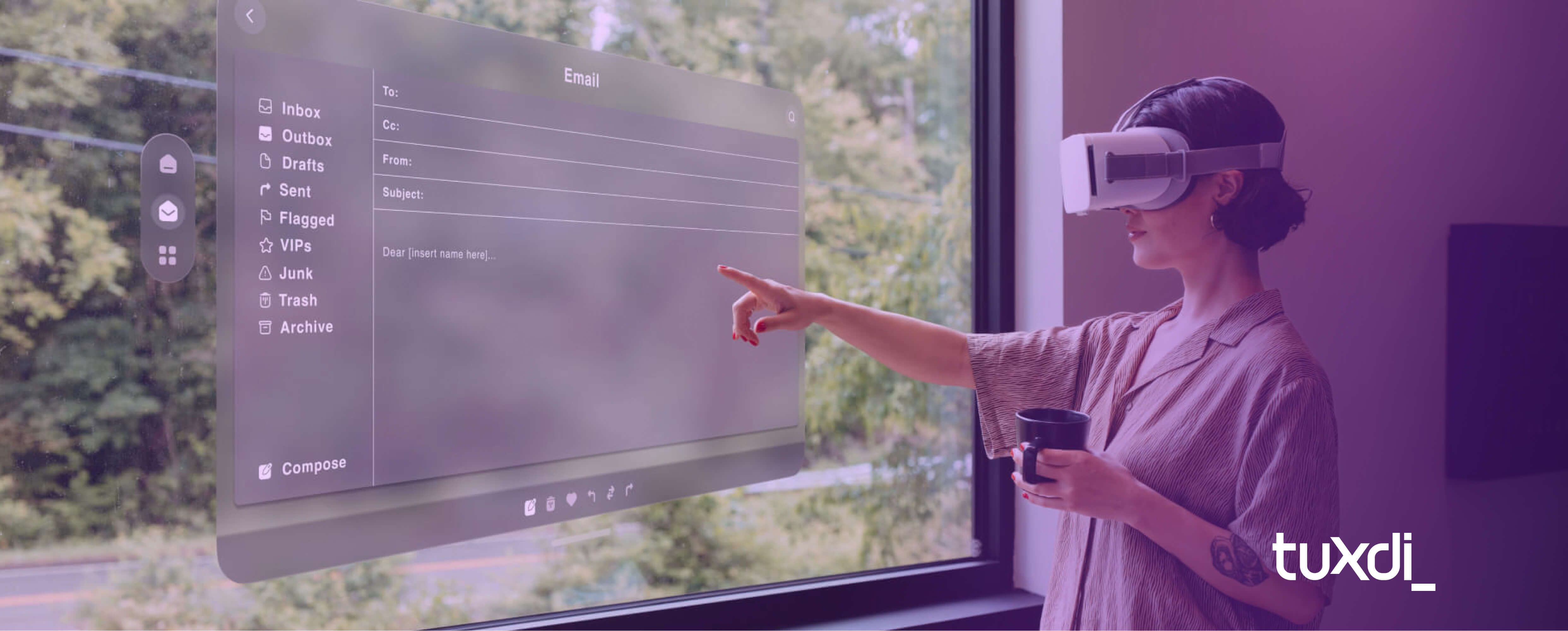- User experience
Virtual Reality and Augmented Reality: Transforming Connectivity and User Experience

Virtual Reality (VR) and Augmented Reality (AR) are redefining how users interact with digital content. While VR immerses users in fully digital environments, AR overlays virtual elements onto the real world, providing enriched, interactive experiences.
What Are Virtual Reality and Augmented Reality?
- Virtual Reality (VR): Technology that creates immersive digital environments, allowing users to interact with them via devices such as headsets or specialized glasses.
- Augmented Reality (AR): Overlays digital information, like images or data, onto the physical world, enhancing user perception through devices such as smartphones or smart glasses.
Applications of VR and AR Across Industries
- Education: Platforms like JigSpace and AR Anatomy 4D+ enable immersive learning experiences, helping users understand complex concepts through interactive visualizations.
- Entertainment: Games and AR applications, like Civilisations AR and Quiver, combine fun with educational experiences.
- Retail: Companies such as IKEA use AR apps to allow customers to visualize furniture in their homes before purchase.
- Healthcare: VR is used for exposure therapy, rehabilitation, and medical training, providing controlled environments for treatment and practice.
Emerging Trends in VR and AR for 2024
- Integration with 5G: High-speed connectivity improves the quality and smoothness of immersive experiences, enabling advanced, real-time applications.
- More Accessible Devices: Lightweight and affordable devices expand access to VR and AR technology to a broader audience.
- Cross-Platform Collaboration: Virtual collaboration tools allow teams to work together on projects regardless of physical location.
Challenges and Considerations
- Device Compatibility: A variety of devices and platforms can create interoperability issues.
- User Adoption: Widespread use depends on perceived usefulness and ease of use.
- Privacy and Security: Data collection in immersive environments raises concerns about personal information protection.
Conclusion
Virtual and Augmented Reality are transforming how we interact with technology and the world around us. Their applications across industries highlight their potential to enhance user experiences, optimize processes, and open new business opportunities. As these technologies continue evolving, companies and professionals must stay informed and prepared to integrate VR and AR into their strategies and operations.
Take Your Business to the Immersive World
See how VR and AR can transform your user experience. Let’s talk!
What would you like to read about?
You are one step away from taking your project to success
2201 Menaul Blvd NE STE Albuquerque, NM 87107

